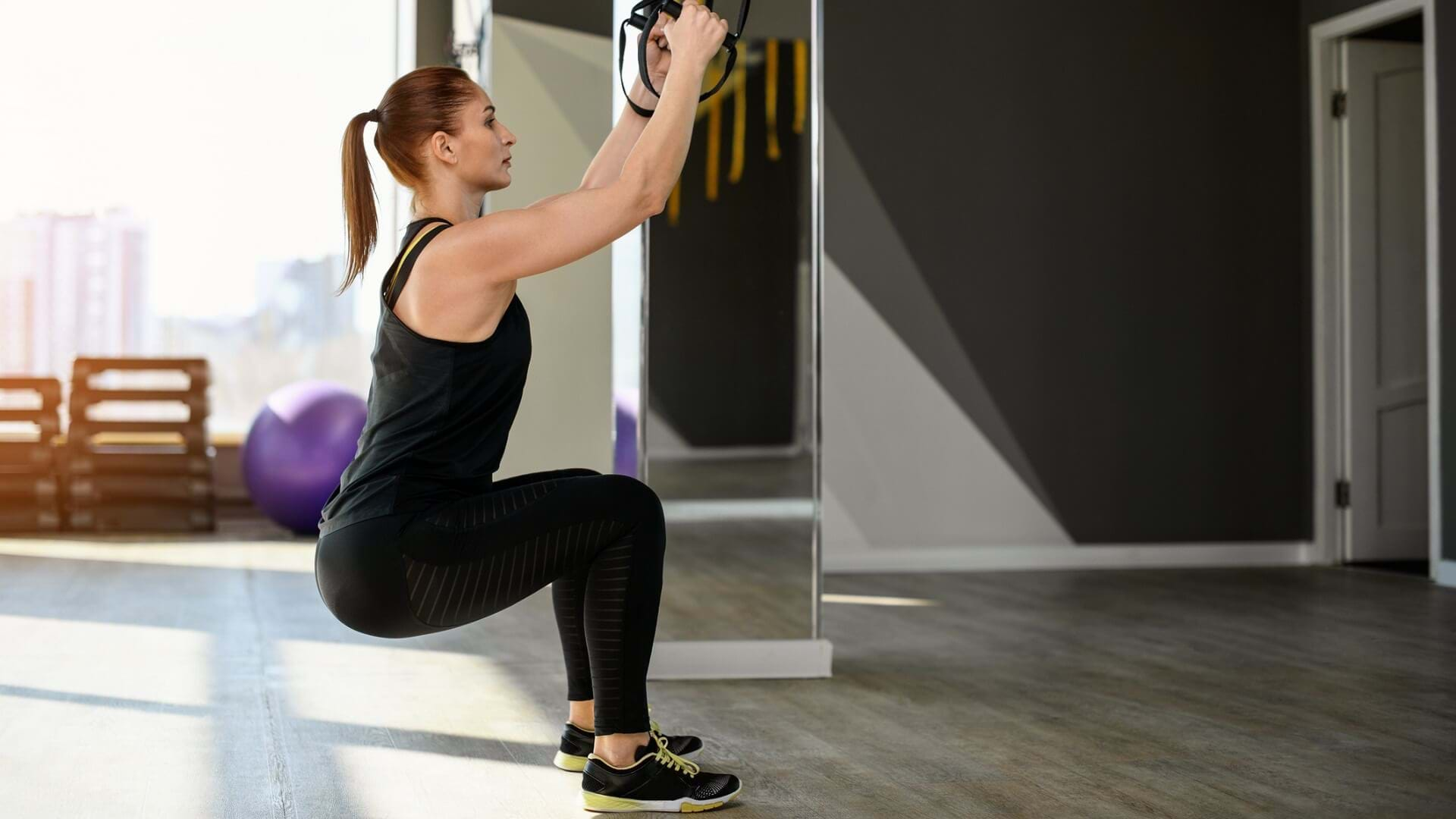Seated Pull Ups
What are seated pull ups?

Seated pull ups are a compound back exercise that can be used as a progression towards full body pull ups. Seated pull ups are performed from the floor using a barbell set in a rack as a makeshift pull-up bar. Starting from a sitting position reduces the amount of bodyweight you need to pull, and helps you build strength at the top of the movement.
Seated pull ups work the same muscles as a full pull up, including the back, core, and biceps, making it a good addition to your upper body sessions or push/pull workouts. Doing seated pull ups will build upper body strength and grip strength and allow you to work on pull up form without the challenge of pulling your whole bodyweight.
To set up for seated pull ups, put a barbell in a rack and sit underneath it with your legs extended. Reach up with a pronated (overhand) grip and pull ups from that position, keeping your heels on the ground.
Seated pull-ups are good for beginners looking to build pull up strength, as well as anyone with limited overhead mobility. Try combining seated pull ups with other upper body exercises like rows, push ups, or dips.
Check out some other pull up variations: Pull Ups, Assisted Pull Ups, Chin Ups
Commonly Asked Questions About Seated Pull Ups
To do seated pull ups at home, you'll need a sturdy horizontal bar or a doorway pull up bar low enough to reach while seated. Sit on the floor beneath the bar with your legs extended. Grasp the bar with an overhand grip, hands slightly wider than shoulder-width. Engage your core and pull yourself up towards the bar using your back muscles, then lower down with control. If you don't have a suitable bar, you can use a sturdy table edge if it's strong enough to give you stable support.
Seated pull ups offer a way to perform the pulling motion of a pull up with reduced body weight, making the exercise more accessible. This variation targets the same muscle groups as full pull ups but makes it easier to get started.
Alternatives to seated pull ups include inverted rows, lat pulldowns, and machine assisted or resistance band pull ups. Inverted rows work similar muscles from a different angle. Lat pulldowns mimic the pulling motion and build lat strength. Banded or machine pull ups target the same muscle groups as a pull up with the benefit of assistance.
Seated pull-ups primarily target the latissimus dorsi, the large muscles of the back that give the torso its V-shape, the trapezius, rhomboids, and rear deltoids. They also work the arm muscles of the biceps brachii, brachialis, and brachioradialis in the arms. Your core muscles will be activated to a lesser extent, and you’ll also work your forearm and grip.
Seated Pull Up Tips
Position your chest underneath the bar with your legs stretched out.
Have your heels on the ground to prevent pressing through the feet.
Drive your elbows down towards the floor to activate the back muscles.
How To Do Seated Pull Ups
Set up a barbell in a rack at a height you can reach when you are sitting underneath.
Sit on the ground so your chest is underneath the bar, legs outstretched and torso upright.
Reach up and take hold of the bar with an overhand (pronated) grip.
Brace your core and pull yourself up to the bar, using your back muscles.
Pause with your chin over the bar and lower down with control.
If you’re not sure if any of the above exercises are suitable for you, please consult your doctor before you start it. Need guidance on how to perform the exercise? Ask a personal trainer at your gym.